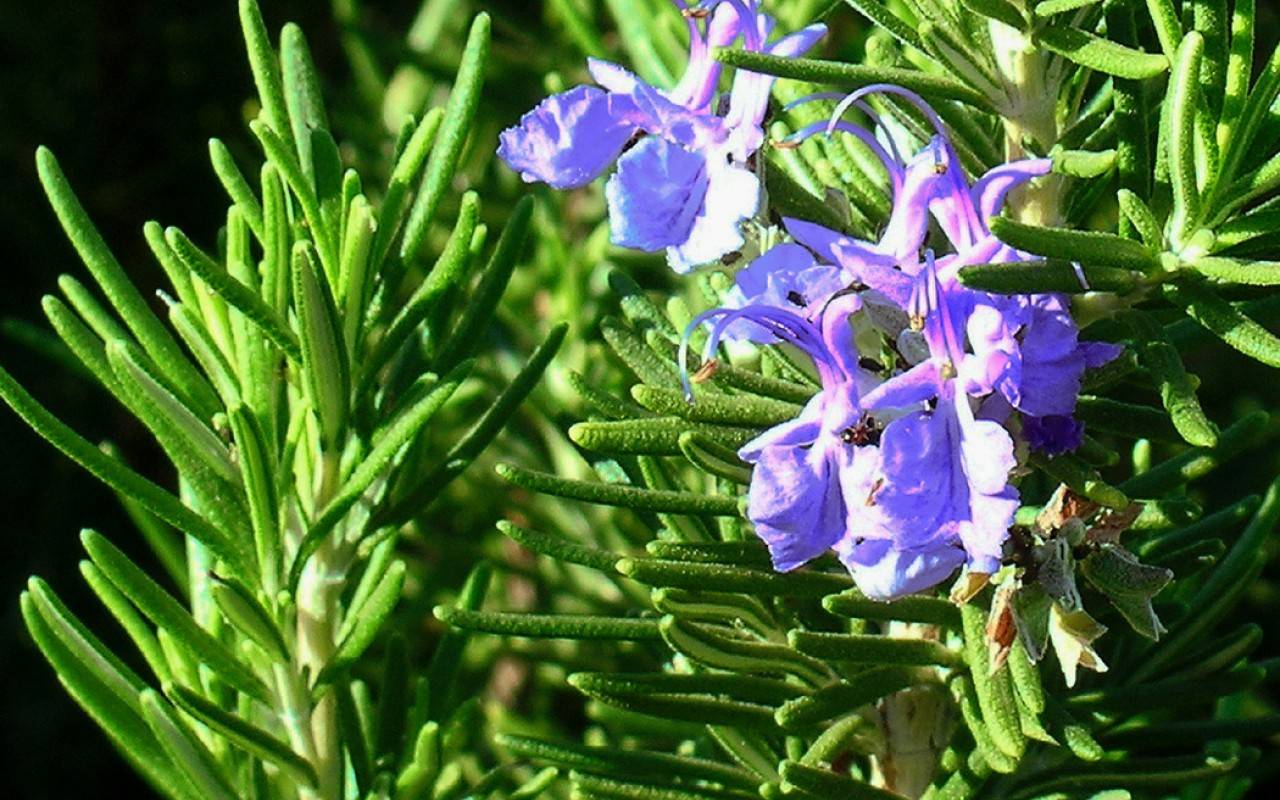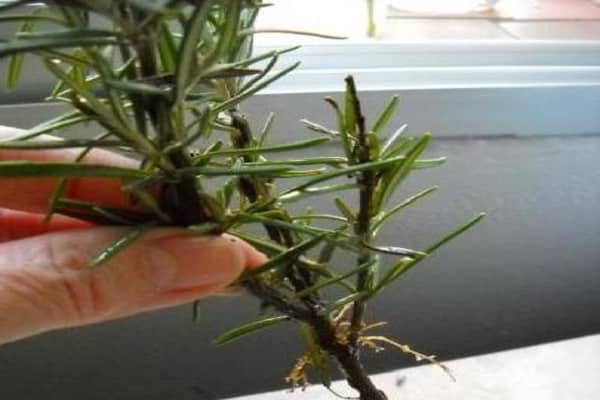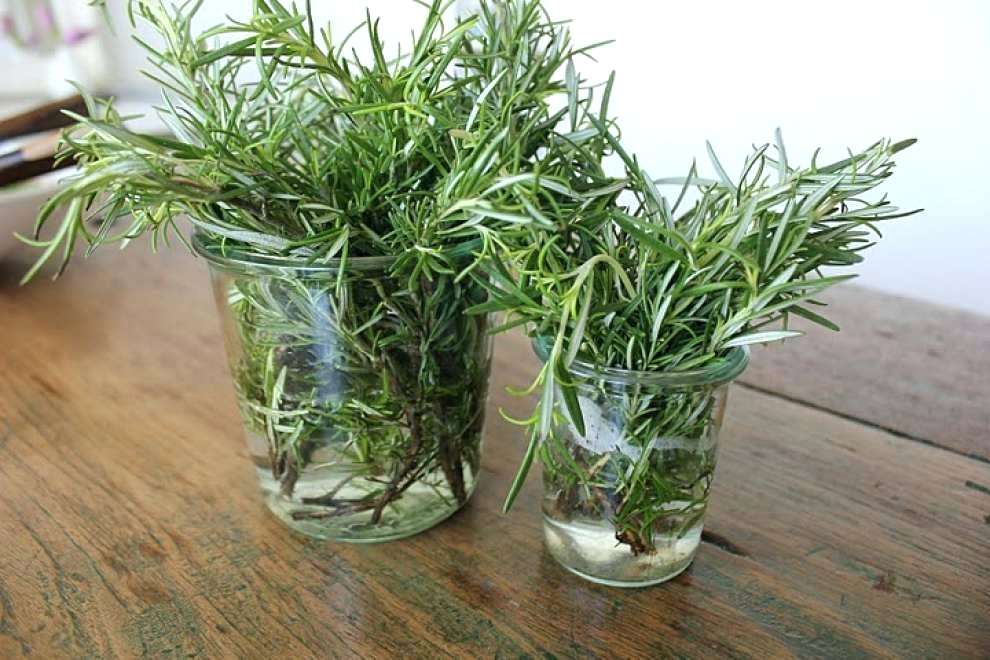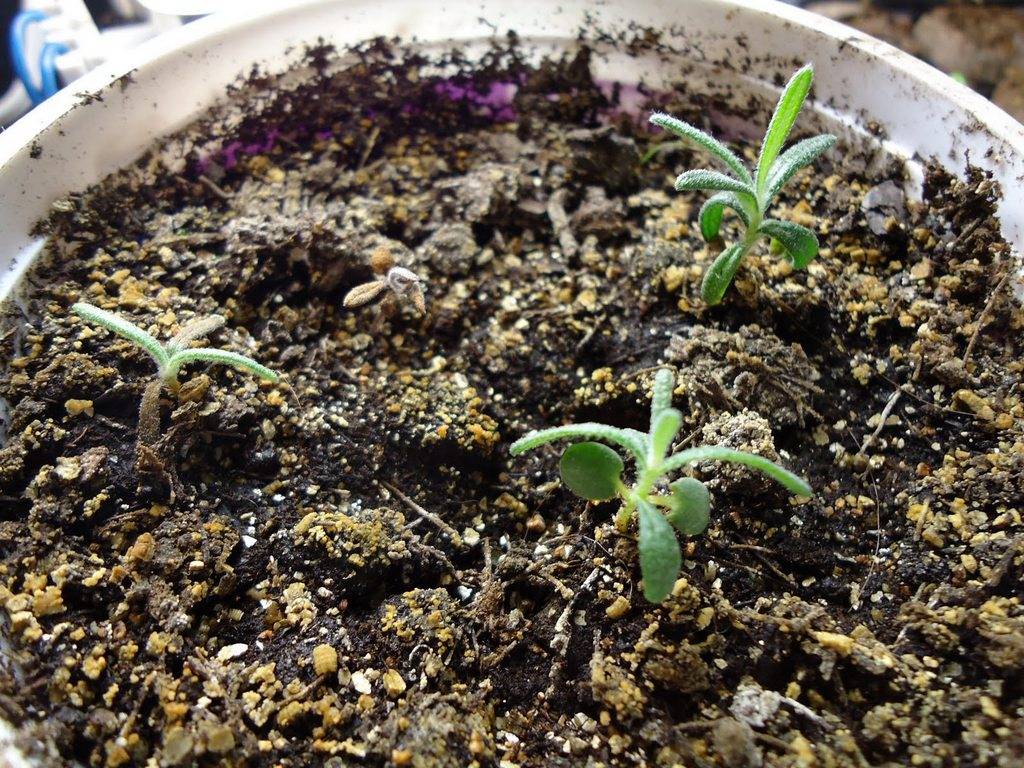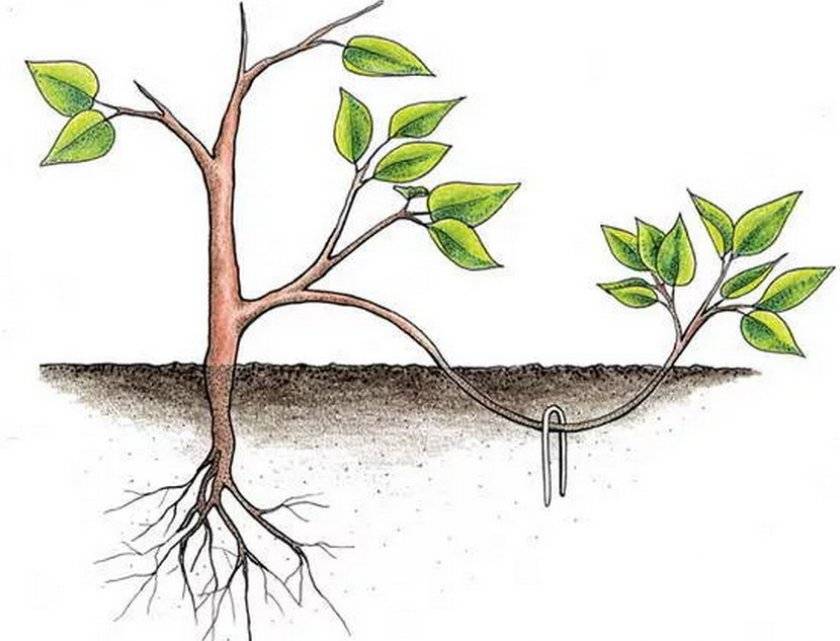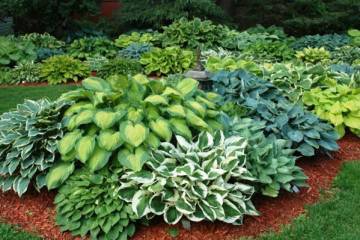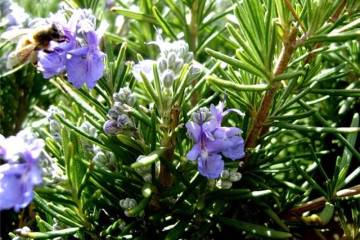How to propagate rosemary - ways
Content:
Rosemary is a perennial plant of the Lamiaceae family, densely covered with dense dark green leaves in the form of needles, blooming with delicate lilac flowers. Translated from Latin "Rosmarinus" means "sea freshness". Due to its pronounced spicy aroma with a slight bitterness and coniferous tint, rosemary is used as a seasoning in cooking, and the essential oils produced in the leaves are used in medicine, cosmetology, and aromatherapy. The Mediterranean is considered the birthplace of rosemary, but this does not prevent Russian gardeners from growing it on their plots for decorative purposes. How rosemary multiplies, this article will tell.
How to propagate rosemary by cuttings at home
Accustomed to growing in humid and warm conditions, the shrub takes root hard in temperate climates, so planting and further propagation of rosemary by cuttings is the best option. A plant planted in this way will gain growth and strength faster.
How to cut rosemary
A stalk is the top of the stem, about 10 cm long, cut from an adult rosemary, which consists of 3-4 internodes. Reproduction of rosemary by cuttings at home takes a certain amount of time for root formation.
Cuttings are planted in pots with moist soil from a mixture of black soil, peat, humus and sand to a depth of 4 cm and watered abundantly. The lower leaves are necessarily cut off. Containers with seedlings are removed on a warm windowsill on the sunny side of the house. Periodically, the seedlings are turned with the other side to the sun.
Rosemary prefers light, sandy soil that is regularly loosened and weeded to prevent water from stagnating. On acidic, alkaline and oily soils, the shrub does not develop well and dies over time.
In the southern regions, cuttings of rosemary can be done almost all year round, except for the winter months. In the areas of the Middle Lane, the tops of rosemary are cut off at the end of September, in winter, roots are formed and planted in pots, and closer to summer, mature seedlings are planted outside.
How to grow rosemary from a twig
A similar breeding method is used at any warm season. A young shoot of 5-6 cm is cut from an adult bush, and then placed in a glass dish with water and placed in a warm, bright place. It is recommended to change the water at least every three days. Once the rosemary takes root, it is transplanted into a pot of light, nutritious soil.
Growing by seeds
Usually cultivation of rosemary from seeds is carried out for breeding seedlings for planting in open ground or used in home floriculture. Seed material is purchased in specialized stores, it can be of both foreign and domestic production. Foreign seeds do not need preliminary preparation before planting, since they have already been treated with stimulating drugs. Domestic ones are recommended to be pre-germinated in wet gauze.
Seed germination is carried out within a month, so preparation begins closer to spring, this is approximately the end of February - beginning of March.It is recommended to disinfect containers and soil for planting in order to avoid contamination of seeds with fungal or bacterial diseases.
Seeds dried from excess moisture are laid out in a soil warmed up under sunlight at a distance of 2 cm from each other, lightly sprayed with water, covered with a thin layer (5 mm) of soil and sprayed again. The container is closed to create a greenhouse effect and put away in a warm place without exposure to sunlight.
The surface of the soil is periodically sprayed with water to prevent drying out. After the first shoots have appeared, the film is removed, and the container is transferred to a warm place with good lighting. When 3-4 true sheets appear, the seedlings are transplanted into separate containers, which, like the soil in them, are treated with a disinfectant solution.
How to propagate rosemary by layering shoots
It is convenient to propagate an adult bush by layering shoots in the spring. A groove is made under 2-3 strong shoots to a depth of 5 cm. The shoots are bent to the ground, fixed with brackets, covered with soil and watered intensively. It is recommended to feed the cuttings with mineral fertilizers a couple of times a month so that they take root by the fall. After that, the layers are separated from the main bush and planted. For regions with frost, the layers are planted first in pots, and in the spring they are transplanted into open ground.
Further care of seedlings
A couple of weeks before planting in open ground, the seedlings are hardened. To do this, the first days, first open the window and ventilate the room where the boxes are. Then the pots with seedlings are taken out daily under the shade of trees or on an open veranda for about 3-4 hours.
Rosemary does not tolerate frost well, therefore, the seedlings are planted after the soil warms up to 5-10 ° C. The landing site is chosen from the sunny side, protected from wind and drafts, with light loose sandy soil.
Despite being drought tolerant, rosemary loves moisture, although excess of it is detrimental to it. To avoid stagnant water, drainage material, for example, large pebbles or expanded clay, is poured into the holes before planting. A mixture of 2 parts of leafy earth, 2 parts of coarse sand, 1 part of peat and 1 tbsp. Is laid out on the drainage layer. a spoonful of crushed chalk per 1 kg of soil mixture. The holes prepared in this way are left for 72 hours for the natural subsidence of the soil, and then the seedlings are planted.
How to plant rosemary
If the rosemary will only perform a decorative function, the seedlings are planted at a distance of 10-15 cm from each other. Saplings of future bushes, from which harvesting for medicinal purposes will be carried out, are planted at a distance of at least half a meter from each other.
Watering rosemary is recommended in moderation: on hot days every other day, in cool weather once a week. Watering is carried out with warm water in the evening, excluding the ingress of drops on the leaves. Loosening and weeding must be carried out about once a month. The crusty soil will prevent warm air from reaching the roots, and the weeds will cause stagnant water.
Rosemary growing in the house does not particularly need frequent feeding. It is enough to fertilize the bush once a month with a mineral and organic mixture. The dosage is strictly calculated according to the instructions.
Starting from the second year of life, the crown of the bush is thinned out, diseased, damaged shoots are cut off. To add fluffiness, pinch off the tops.Once every six years, all shoots are cut to rejuvenate the plant. It is best to do this during the warm season, around the first half of April.
The article provided information on how to root rosemary, propagate by seeds, cuttings or layering. It will 100% help to determine the choice of the method, and this fragrant culture will decorate the garden plot for more than one year.
